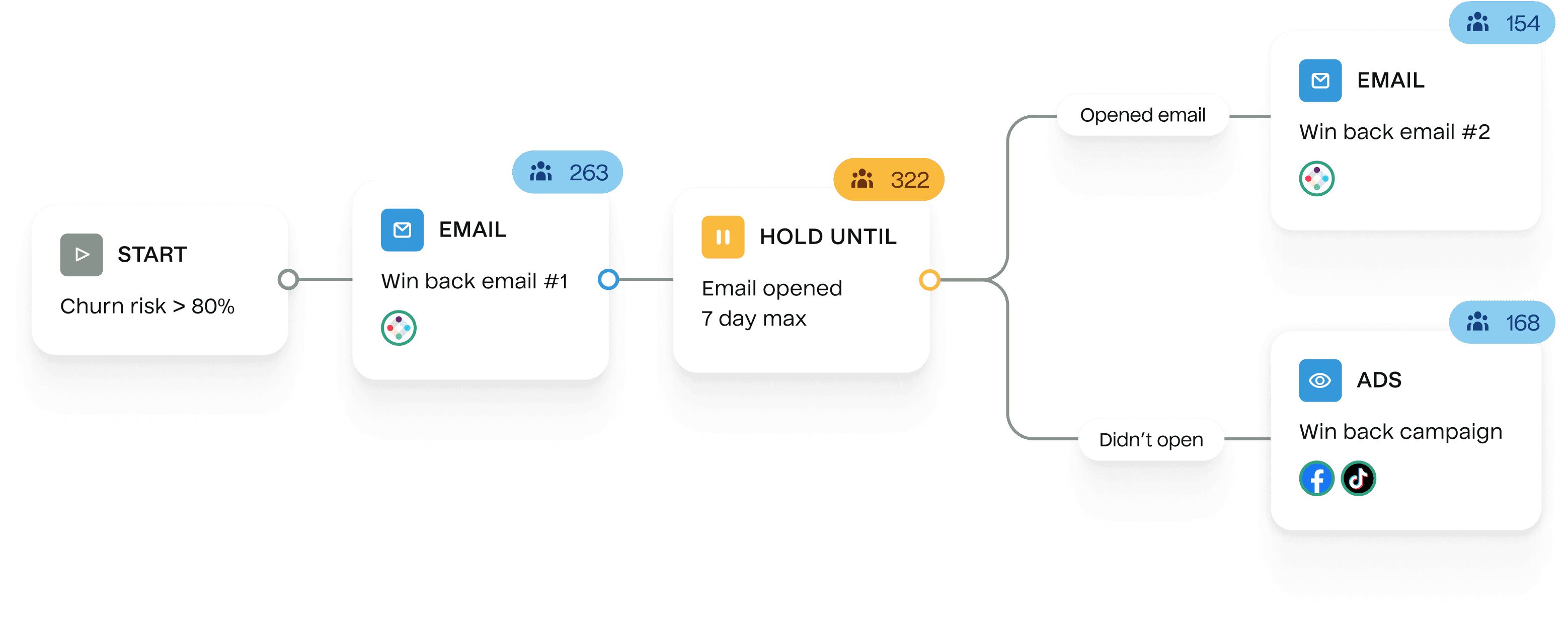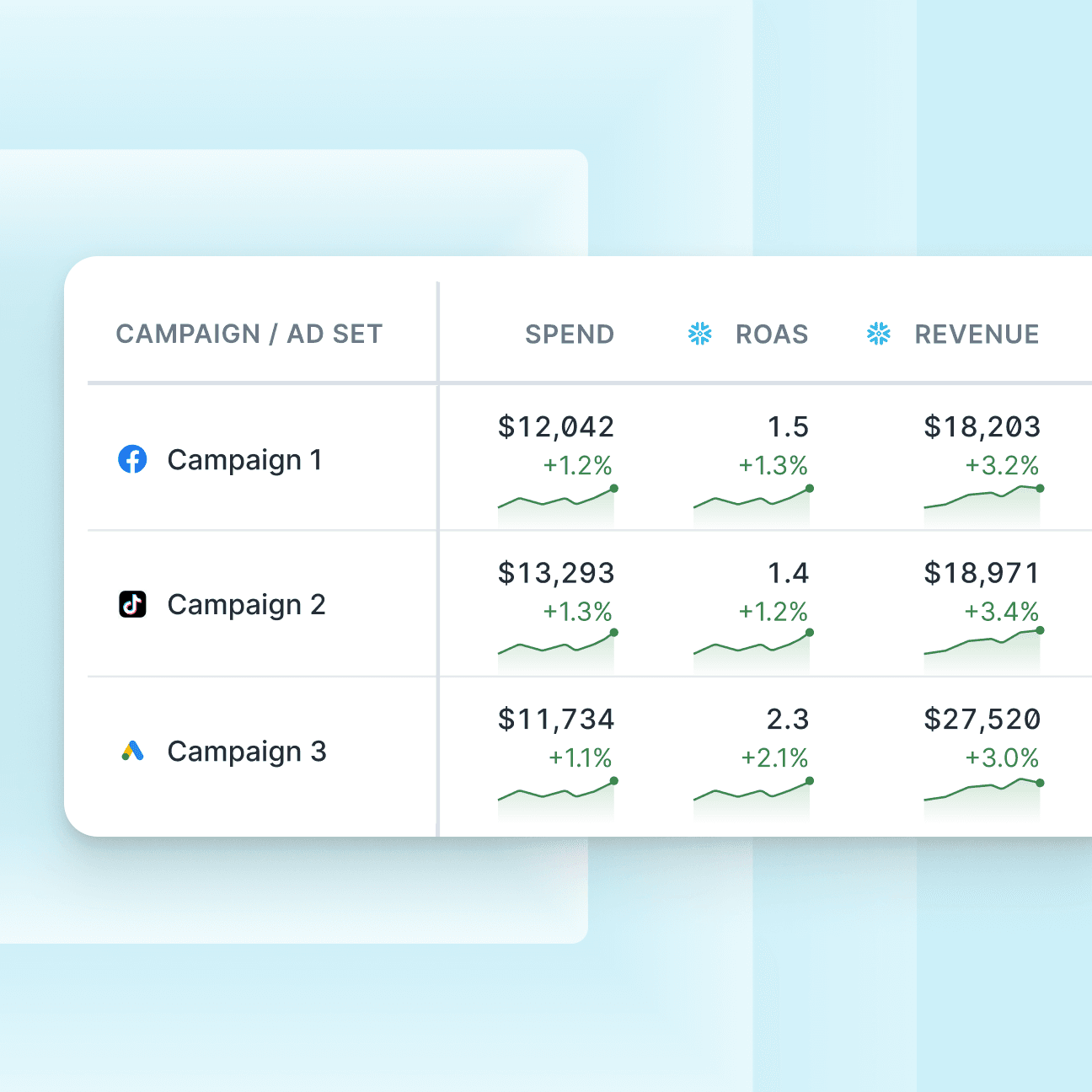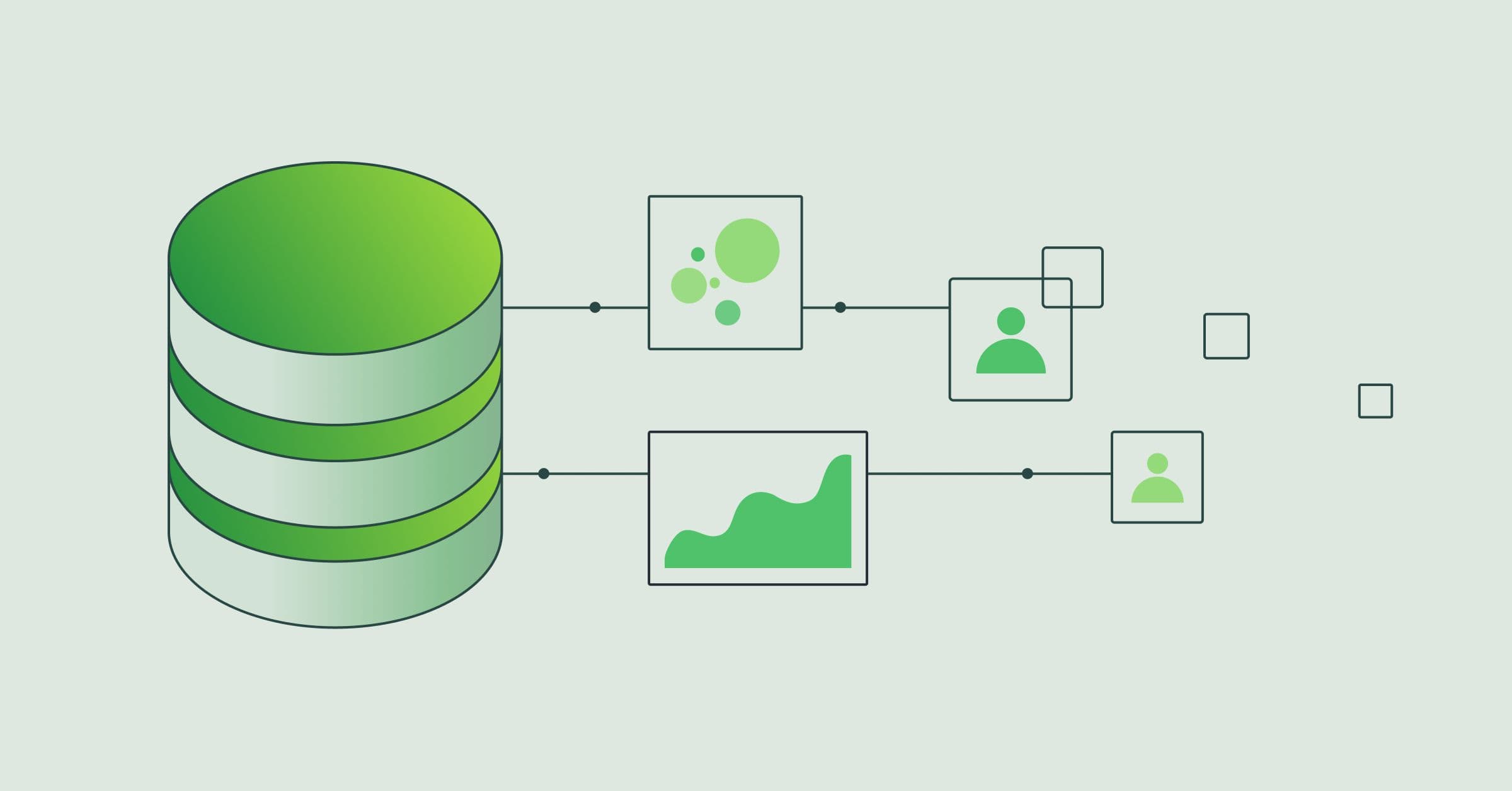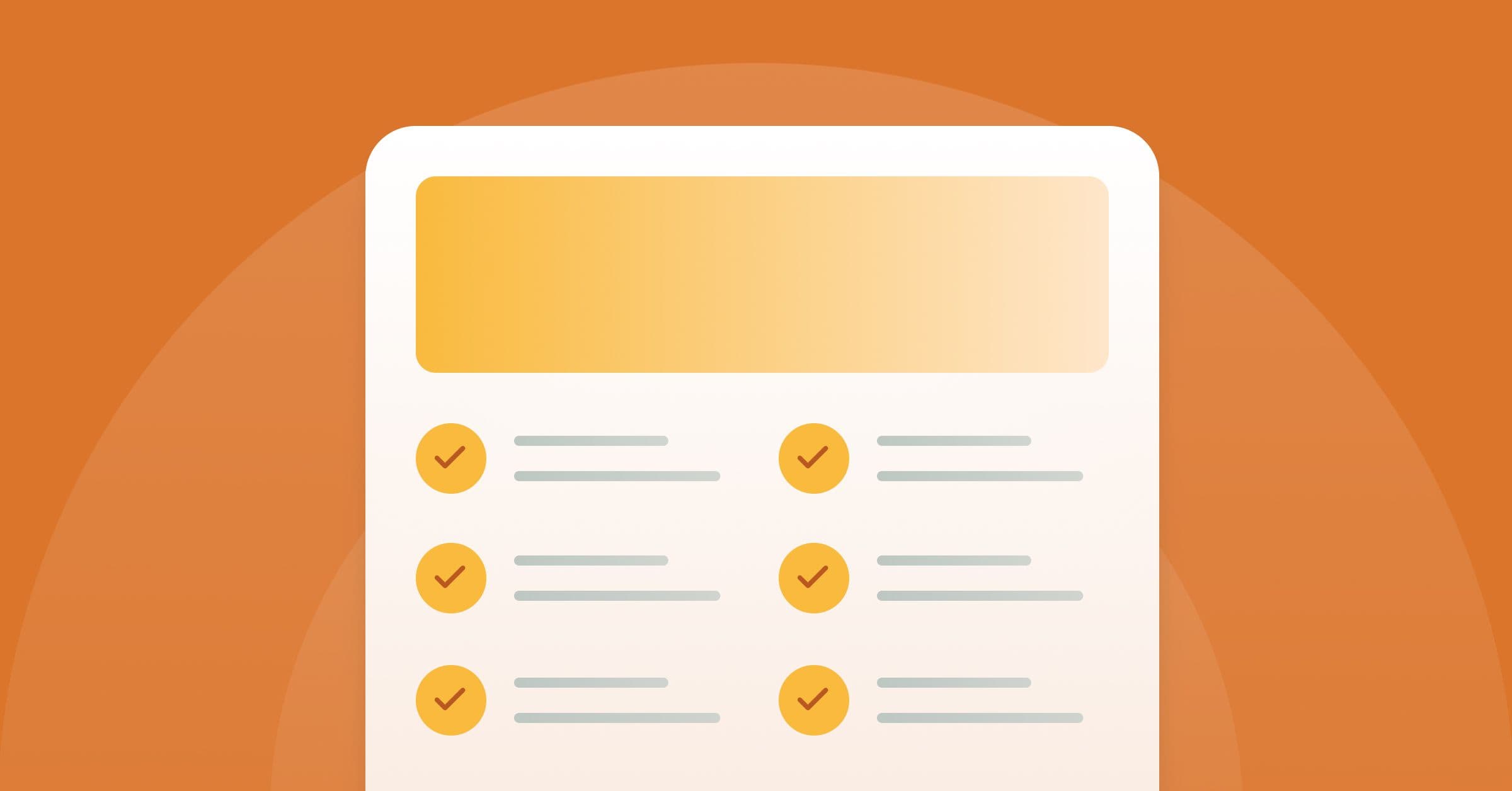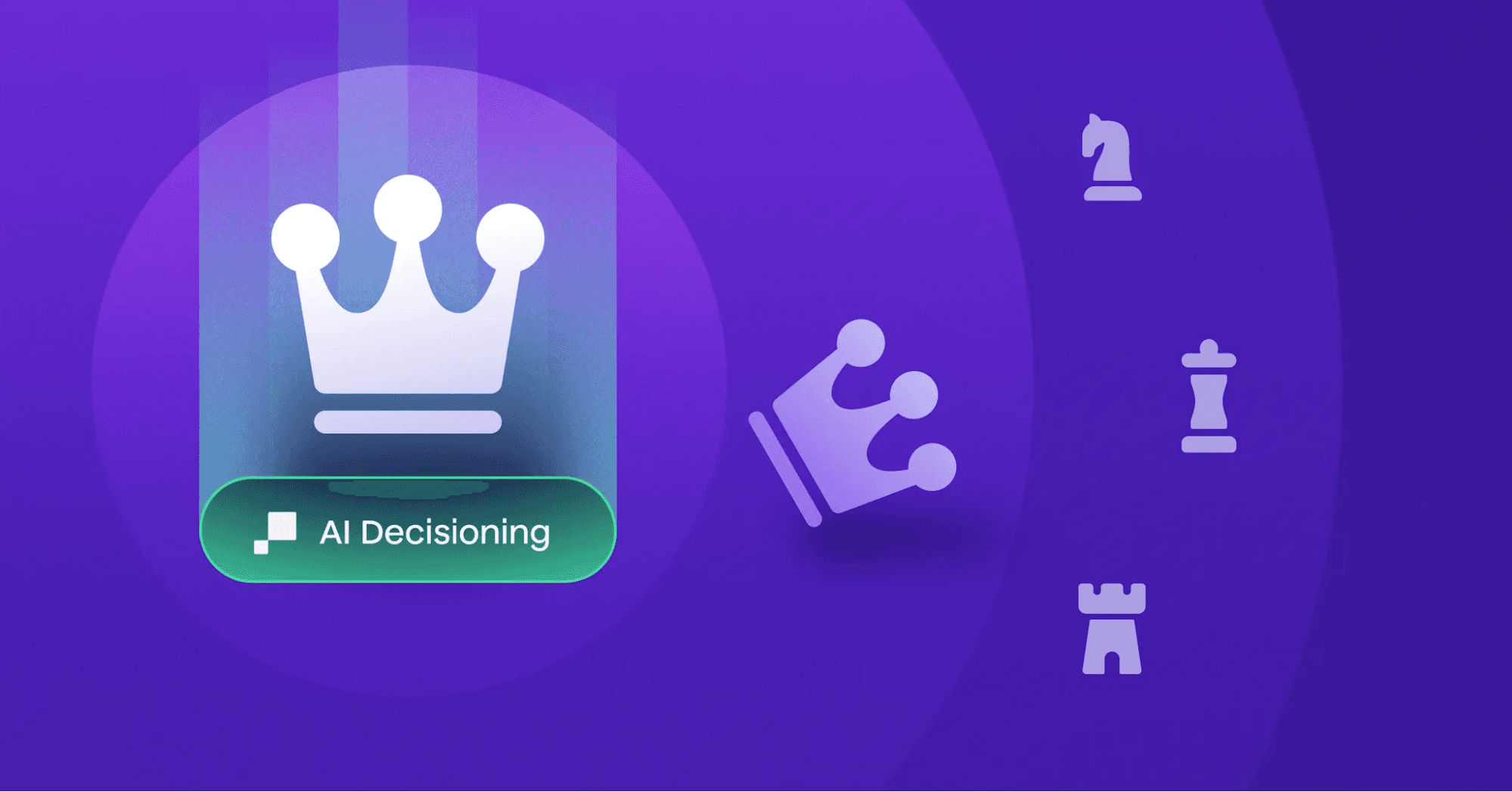The ultimate guide to CDPs for healthcare
Learn everything there is to know about CDPs in healthcare, including global trends, key insights, use cases, how leading healthcare companies are leveraging personalization, and a framework for evaluating CDP vendors.

Why are healthcare companies adopting CDPs?
Healthcare is shifting toward personalization, and patients expect seamless, tech-enabled care. With 80% of revenue coming from just 20% of customers,1 customer loyalty is everything. Data is your only advantage to stand out in a sea of virtually endless options.
Industry leaders in healthcare differentiate themselves with personalization
UnitedHealth uses AI to offer tailored solutions and decrease the cost of care for members
CVS Health delivers personalized experiences to more than 55 million digital customers through mobile app
Walgreens is powering a personalized loyalty program for more than 100 million members
healthcare use cases
Acquisition campaigns
Drive new patient acquisition using demographic and health behavior data to target potential patients and lookalike audiences with offers like free health screenings or first-time consultations, increasing patient sign-ups.
Suppression campaigns
Reduce wasted ad spend by suppressing existing patients from acquisition campaigns using EHR or CRM data, reallocating budget toward new or lapsed patients to improve efficiency.
Retargeting campaigns
Re-engage patients who started but didn’t book an appointment by serving personalized reminders or incentives, recovering lost bookings and driving incremental visits.
Cross-sell campaigns
Promote complementary healthcare services by using patient data to target individuals with relevant ads for related services, increasing patient lifetime value and care engagement.
Conversion APIs
Share online and offline conversion data with ad platforms, enabling algorithms to better identify and target users with a higher likelihood of converting to improve campaign performance.
Healthcare media networks
Monetize anonymized patient insights for pharma and wellness brand advertising by creating audience segments (e.g., patients seeking wellness products), driving incremental revenue through premium audience insights.
Upsell & cross-sell campaigns
Recommend related services like dietitian consultations for diabetic patients or dental cleanings for orthodontic patients, increasing patient retention.
Reactivation campaigns
Re-engage lapsed patients with reminders and incentives for annual checkups or preventative care, improving engagement.
Preventative care reminders
Send personalized reminders for health screenings, checkups, and flu shots, increasing preventative care visits.
Seasonal health campaigns
Promote seasonal healthcare needs like flu shots in fall or allergy treatments in spring, increasing appointment volume.
Chronic care engagement
Provide targeted messages encouraging medication refills, check-ins, or lifestyle consultations, improving adherence.
Wellness challenge campaigns
Engage patients with gamified wellness programs rewarding them for achieving health milestones.
Dynamic home page content
Display personalized health tips, reminders, and service suggestions based on patient history or interests to encourage engagement and proactive healthcare management.
Dynamic app experiences
Customize app navigation by prioritizing commonly used features such as appointment booking, prescription tracking, and telehealth access to improve patient satisfaction and retention.
Dynamic search results
Tailor search filters and rankings to prioritize relevant healthcare services, such as showing top specialists for specific conditions, making service discovery seamless.
Recommended services
Suggest follow-up healthcare services, such as physical therapy, nutrition counseling, or wellness programs, based on recent visits to drive continued engagement and improve care continuity.
Next best action
Guide patients toward high-impact health actions like scheduling screenings, joining wellness programs, or completing health assessments to enhance patient outcomes and service utilization.
Health goal tracking
Encourage wellness engagement by displaying progress on health-related goals such as step counts, weight loss, or chronic condition management, reinforcing motivation with rewards or encouragement.
What healthcare companies should consider when evaluating a CDP
90%5 of marketers say their traditional CDP does not do what they need, so why do they keep buying them?
| Category | Traditional CDP | Composable CDP |
|---|---|---|
| Architecture | Operates as a separate entity, removed from your company’s data | Integrates directly within your company’s data infrastructure |
| Security & data storage | Data is stored and maintained in the CDP’s data infrastructure | Data is stored and maintained in your existing data infrastructure |
| Data access | Supports user and event data | Supports both online and offline data |
| Data modeling | Uses predefined models that may not fully capture patient records or treatment pathways | Supports tailored models to handle healthcare-specific data like patient histories, treatment plans, and diagnostic codes |
| Audience management | Supports broad segmentation but struggles with identifying groups like chronic care patients or wellness program participants | Enables granular segmentation by patient condition, care plans, or insurance coverage |
| Customer journey customization | Provides standard templates for appointment reminders or general follow-up campaigns | Powers fully adaptable journeys for patient pathways like pre-surgery preparation, chronic care management, and post-care outreach |
| Identity resolution | Relies on out-of-the-box algorithms that may not unify profiles across EMR systems and clinic networks | Supports custom algorithms to unify patient profiles across EHRs, telehealth platforms, and in-clinic records |
| Pricing | Bundled pricing: dependent on monthly tracked users (MTUs) & feature add-ons | Unbundled: individually priced features with no MTU billing |
| Average implementation time | 6-12 months | 1-4 months |
- ArchitectureIntegrates directly within your company’s data infrastructure
- Security & data storageData is stored and maintained in your existing data infrastructure
- Data accessSupports both online and offline data
- Data modelingSupports tailored models to handle healthcare-specific data like patient histories, treatment plans, and diagnostic codes
- Audience managementEnables granular segmentation by patient condition, care plans, or insurance coverage
- Customer journey customizationPowers fully adaptable journeys for patient pathways like pre-surgery preparation, chronic care management, and post-care outreach
- Identity resolutionSupports custom algorithms to unify patient profiles across EHRs, telehealth platforms, and in-clinic records
- PricingUnbundled: individually priced features with no MTU billing
- Average implementation time1-4 months
- ArchitectureOperates as a separate entity, removed from your company’s data
- Security & data storageData is stored and maintained in the CDP’s data infrastructure
- Data accessSupports user and event data
- Data modelingUses predefined models that may not fully capture patient records or treatment pathways
- Audience managementSupports broad segmentation but struggles with identifying groups like chronic care patients or wellness program participants
- Customer journey customizationProvides standard templates for appointment reminders or general follow-up campaigns
- Identity resolutionRelies on out-of-the-box algorithms that may not unify profiles across EMR systems and clinic networks
- PricingBundled pricing: dependent on monthly tracked users (MTUs) & feature add-ons
- Average implementation time6-12 months
Why Hightouch for healthcare?
Your CDP vendor should mold to your data — not the other way around. Hightouch is purpose-built to handle the complexity of healthcare.
Leverage any data point in your warehouse – not just users, accounts, and events.
Build and activate audiences directly from your warehouse.
Integrate with your existing data infrastructure on your warehouse.
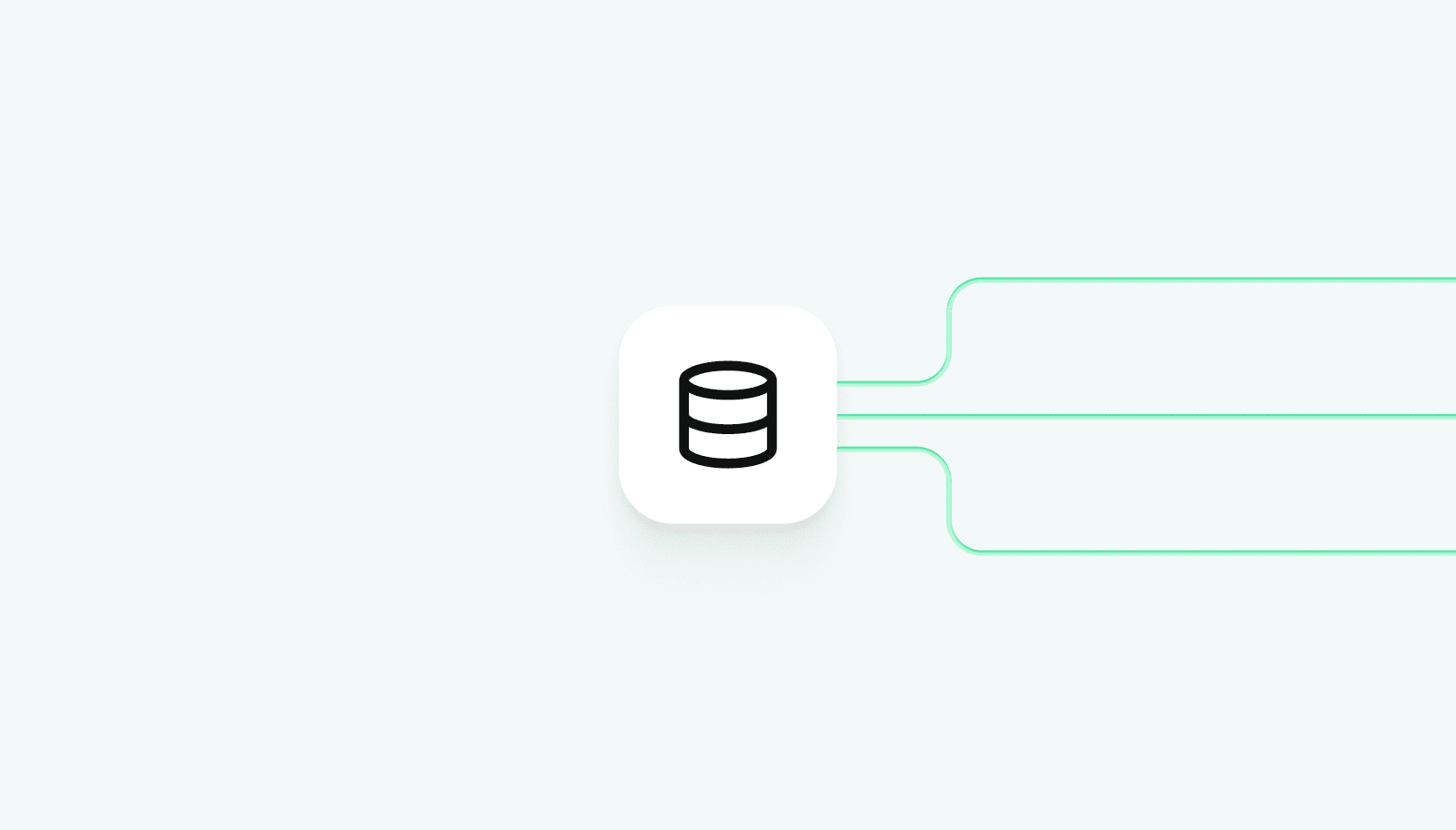
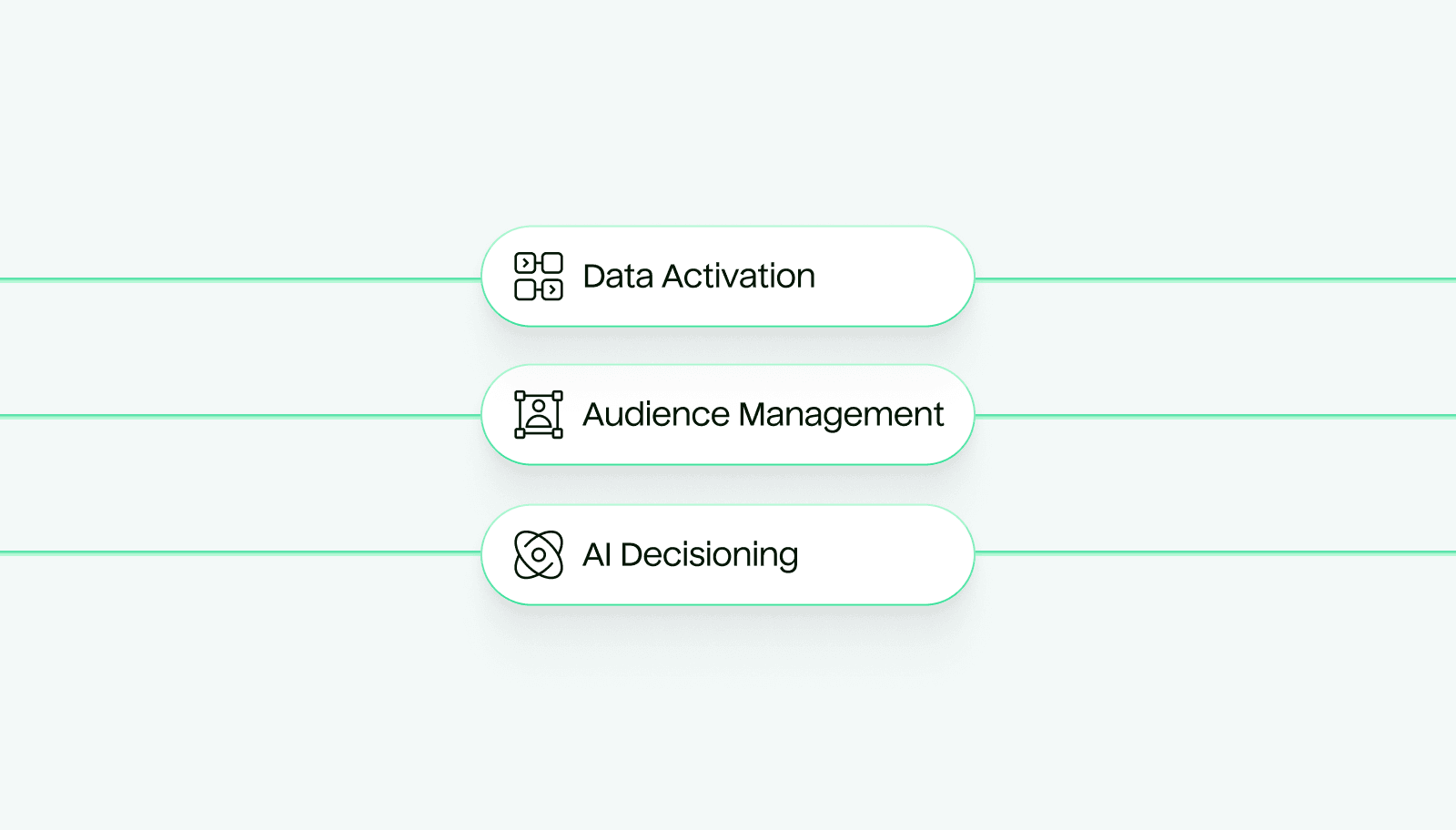
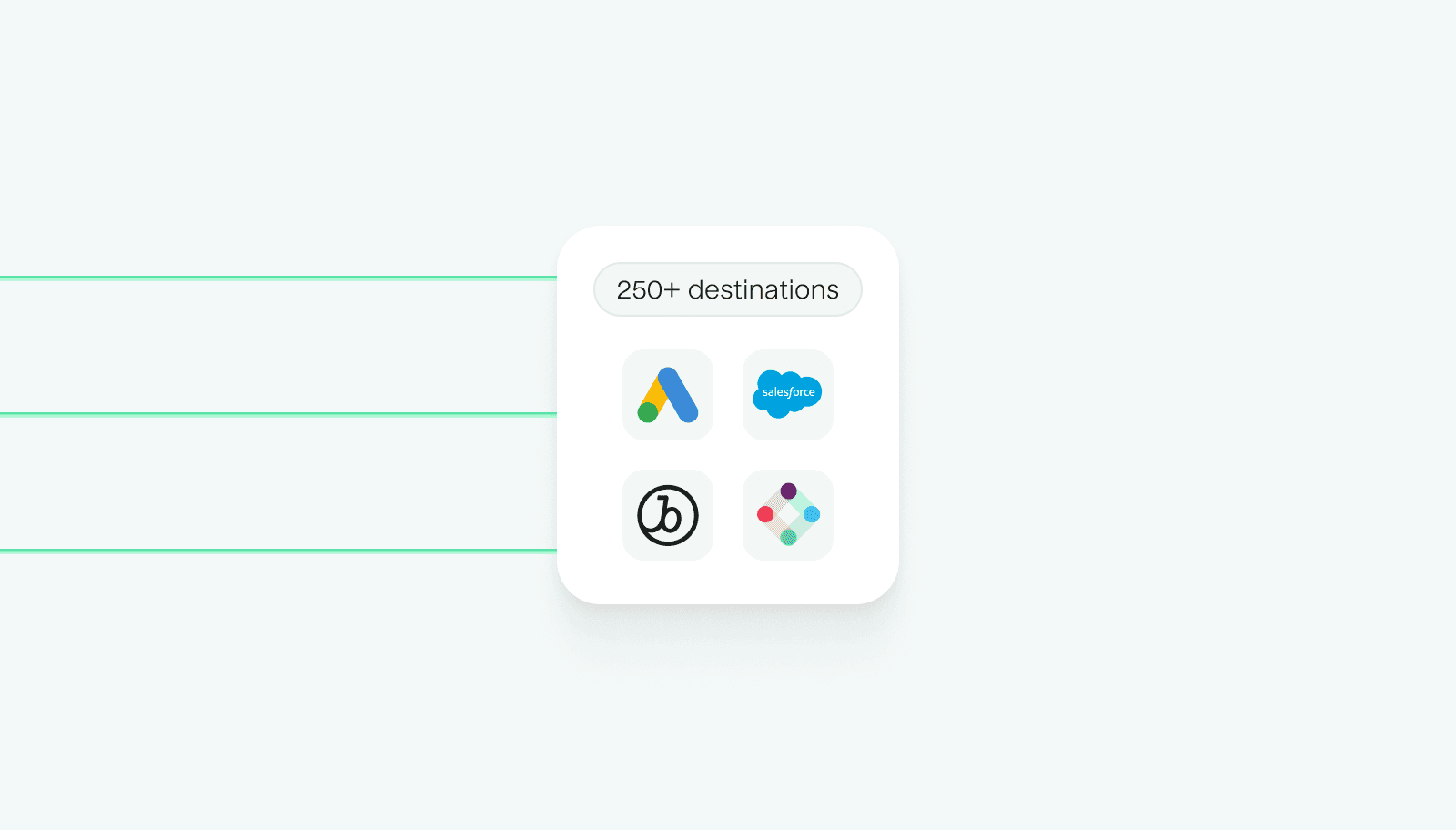
Leverage any data point in your warehouse – not just users, accounts, and events.
A complete CDP for healthcare
Members
Overlap
Engaged patients with unscheduled follow-ups
2,988 members
1,974 members
Missed appointment patients 2,988
Patient portal registered users 1,974
Member overlap 378 or 12.65%
Customer Data Platform resources
Explore Customer Data Platforms by industry
Discover why leaders across all industries and adopting CDPs and how they are taking action on their customer data to drive engagement and revenue.
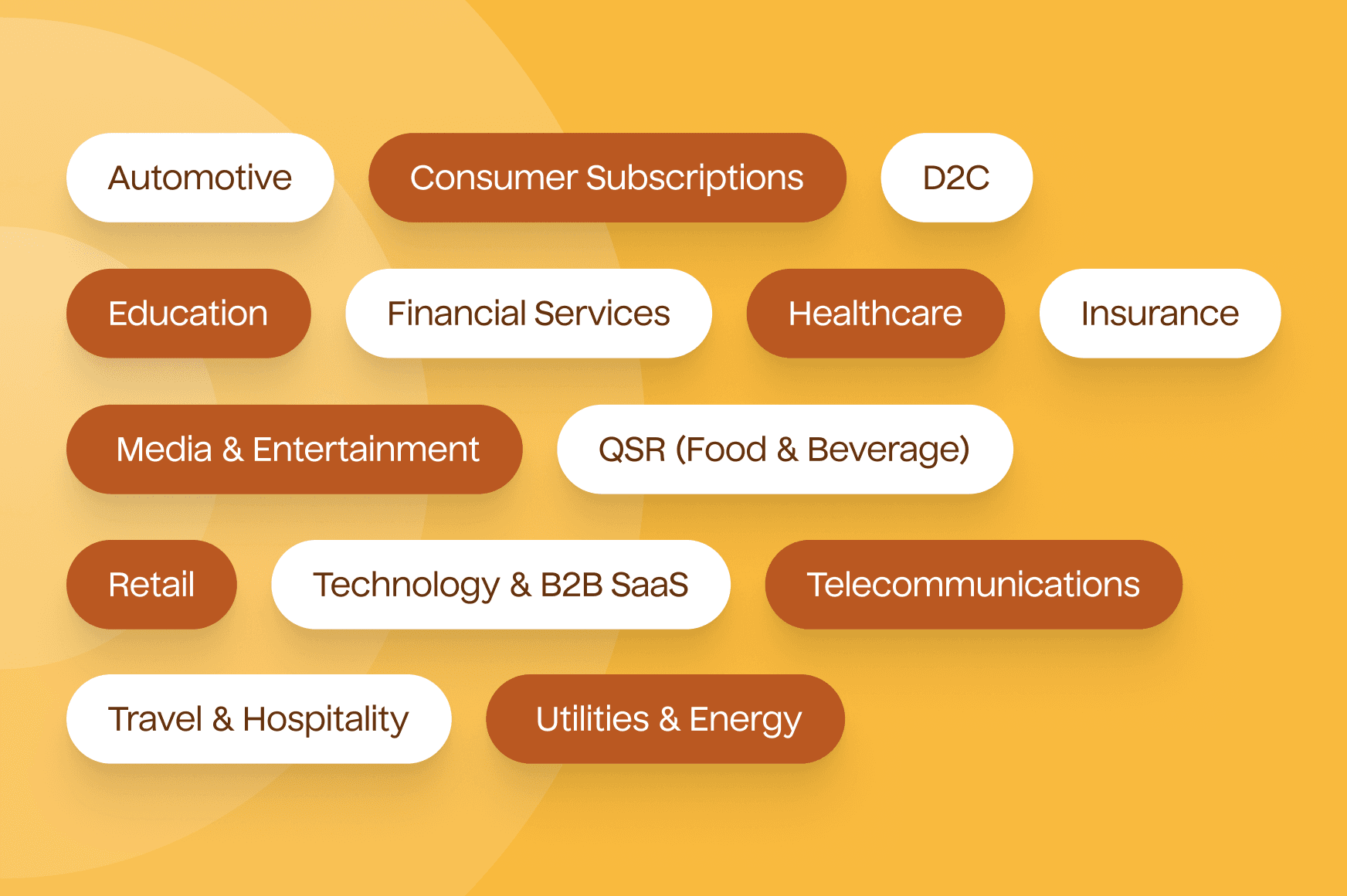
Connect to 250+ tools
Send any data to any tool. Skip building and maintaining pipelines, uploading CSVs, and having data silos across marketing, sales, customer success, finance, and analytics.


